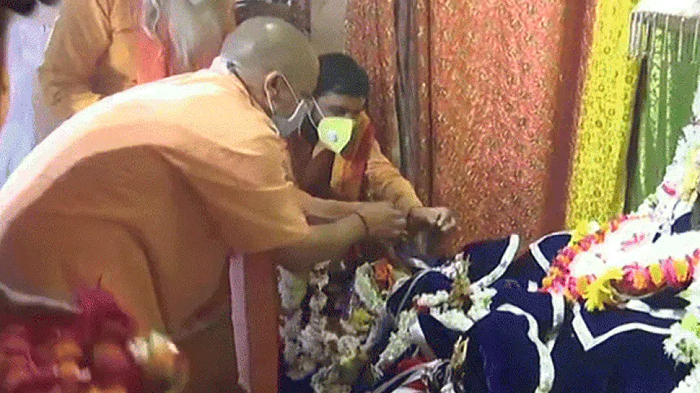New Delhi, Sept 11: Union minister for road transport and highways Nitin Gadkari on Wednesday said the government's intention behind bringing the Motor Vehicles Amendment Act (MV Act) was not to collect revenues through fines but to save lives of people.
The minister pointed out that the number of deaths caused by road accidents is highest in India.
"First of all, the MV Act comes under the Concurrent List. Both state and central governments have a right to make laws on it. As for the fines, there is a gap like from Rs 10 to 100. So, the state government can take a decision in this regard. It is not the government's intention to earn revenues through fines," he said while talking to reporters at an event here.
His remarks came as a response to a question on some state governments reportedly planning to dilute the act by reducing the fines.
The minister said saving lives of people is a priority for the government.
"The problem is they neither have fear nor respect for laws. Aren't the lives of people more important than fines? If you don't break the laws, you won't be fined. And I want to thank you for your (media) reporting. Now, people are getting their driving licenses and other documents. Accidents will reduce. The lives of people will be saved, that is our priority," he said.
Commenting on the scrapping policy, the minister said, "Actually, we have already prepared the draft. But some of the problems are there with the stakeholders. We need cooperation from the manufacturers and at the same time, clearance from the finance ministry. We are in the process. Our ministry is trying its level best to clear it as early as possible and I am confident in a short period, we will go ahead with the scrapping policy."
Asked if it will apply to two-wheelers as well, he replied in affirmative.







Comments
Then kindly upgrade Mangalore kasragod Highway
Add new comment